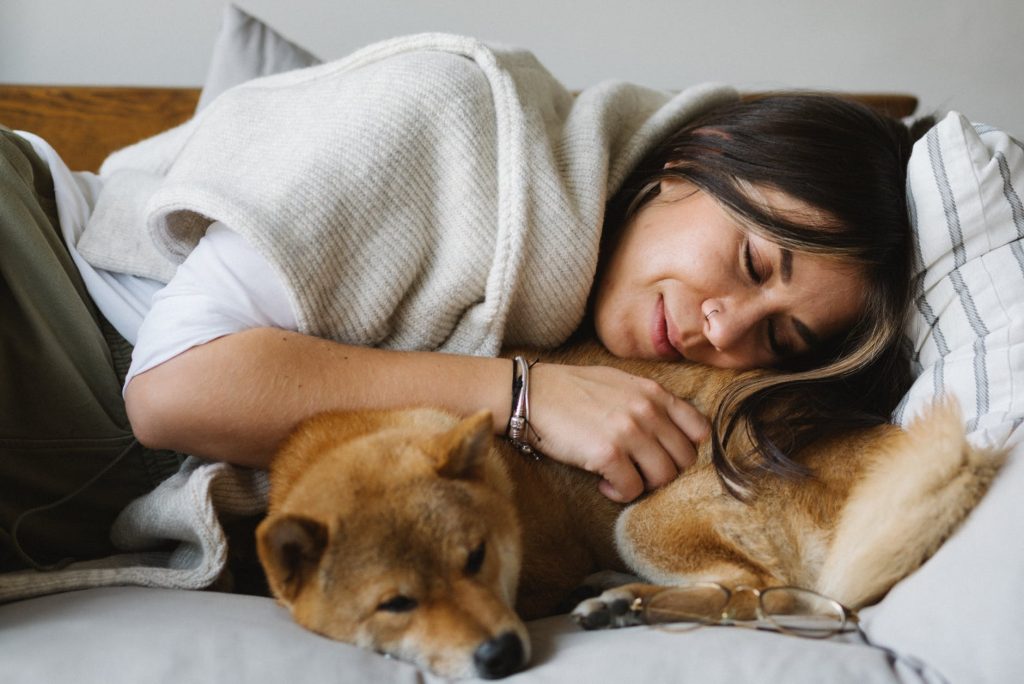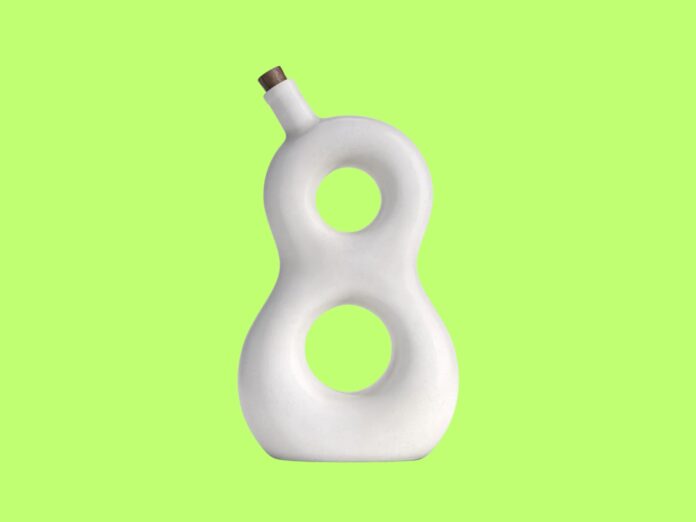As the old saying goes, ‘let sleeping dogs lie’. But what if your dog is neither sleeping nor lying, and is instead restless and agitated throughout the night? Since your dog is likely your best friend, this will undoubtedly be a cause for concern.
It may also be the cause of a restless night’s sleep for you, too, but rest – hmm, perhaps not the right word – assured, there are things you can do to help your dog sleep better through the night.
From perfecting your dog’s bedtime routine with walks, toilet breaks and dinner time, to getting the temperature just right, here’s how to help your dog sleep better with the IDEAL sleep environment.
ROUTINE IS EVERYTHING
Before we look at the ideal sleep environment for your dog, let’s first consider their pre-bed routine, which is so important for ensuring a good night’s sleep for the whole house.
Dogs are creatures of habit, to put it mildly, and whilst they may not be able to tell the time in the human sense of glancing at the clock, they know the time through that incredible doggy intuition they possess.
Incredibly, according to the American Kennel Club, this isn’t conjecture. They tell us that ‘’a recent study reveals that animals have neurons in their brain that are activated when the animal is waiting for an expected outcome. They aren’t so much telling time, as judging time.’’
It doesn’t matter whether their ‘bed time’ is 7pm, post dinner, or at 11pm when you turn in. What matters is the predictability and consistency of the time. Like we said, dogs are creatures of habit, and a random bedtime is the worst thing for their sleep.
Remember that dogs follow a polyphasic sleep cycle, sleeping four to six times a day and for around 14 hours in total, so it’s important that you ensure your dog is tired out enough through regular walking and exercise to achieve a longer night time snooze.
With their evening meal, pre-bed walk and bathroom break falling at the same time each night, too, your dog will start tying it all together, and soon learn to begin feeling tired by association. What’s more, and just like humans, your dog will begin to produce melatonin – the sleep hormone – at the same time every night, regulating their sleep cycle.
In some cases, vets may advise melatonin supplements for your dog, but this is something which requires consultation first, prior to administration, to be on the safe side.

SEPARATE SLEEPING QUARTERS
Consistency is king. So much so, that we’ll repeat the mantra once more; dogs are creatures of habit. And though it may be tempting to snuggle up with your pup in your own bed once in a while, this unpredictability of routine won’t help them sleep well.
According to the experts at Lords & Labradors, who are currently running the awesome campaign Be a Doggy-Do-Little, aimed at helping raise awareness of how best to help our precious pooches sleep more soundly, ‘’It’s also a good idea to avoid slipping into the habit of letting your furry friend share your bed. While it might be tempting to snuggle up, allowing your pup to sleep next to you can have a negative effect on the quality of sleep for you both, so it’s best that you stick to your separate sleeping quarters.’’
We couldn’t agree more, and speaking from experience, it’s best for all concerned if you maintain separate sleeping quarters. Speaking of those sleeping quarters…
SLEEPING LIKE A DOG
Whether it’s in a crate, on a specifically designed memory foam mattress or a rug on the floor, dogs just love to bed down in soft, padded spaces which have ample room for stretching out, so ensure that you provide this. Covering their sleeping area with a blanket or drop-down cover provides privacy and protection from light, which dogs really value when they’re snoozing. It also offers protection against any draughts.
THE IDEAL TEMPERATURE
Speaking of draughts, though humans sleep best when the room temperature is between 16 and 18°C (60-65°F), dogs prefer things a little warmer, though of course that depends on several factors inducing the thickness, and even colour, of their coat and their age and breed. Accordingly, you should consult with your vet about the ideal temperature for your dog.





